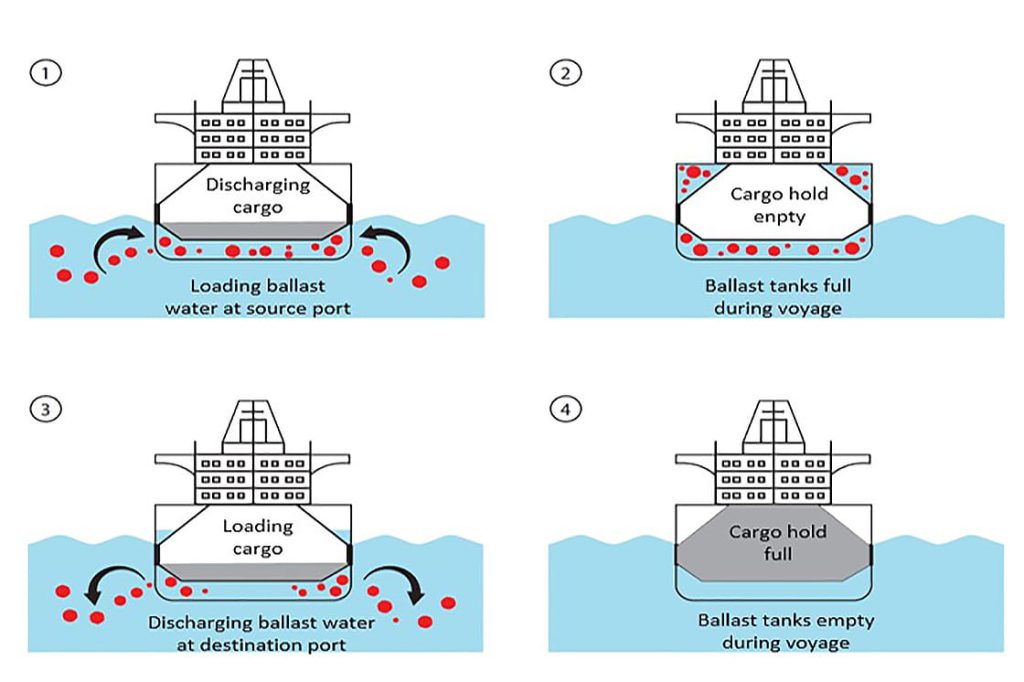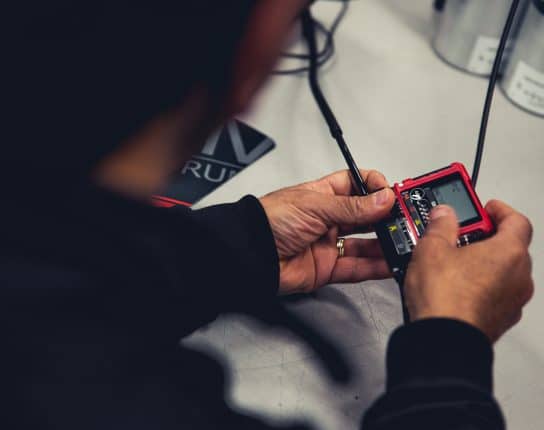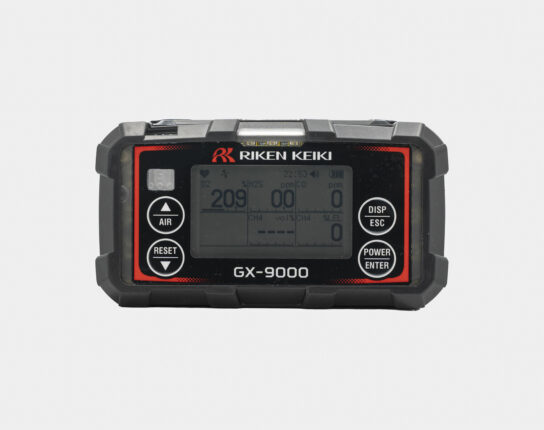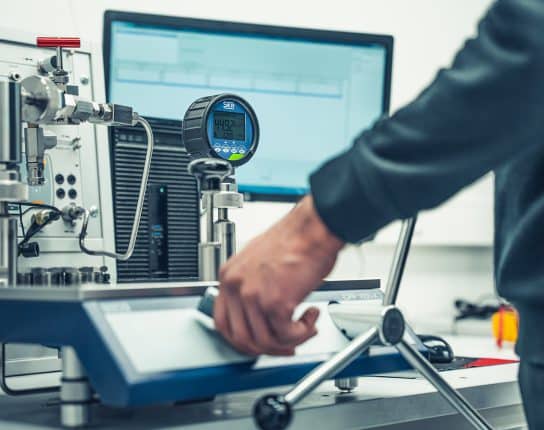
Ballast Water Treatment
The Asian phytoplankton algae Odontella (Biddulphia Sinensis) is a species you probably never heard of before. But du to this tiny fish everyone needs to change procedures in their ballast water management. After 14 years of complicated negotiations between the IMO Member States, the International Convention for the Control and Management of Ships’ Ballast Water and Sediments (BWM Convention) was adopted by consensus at a Diplomatic Conference held at IMO Headquarters in London on February 13th 2004. Simply said on September 8th, 2017, all new ships need to have a Ballast Water Treatment System onboard. Older vessels need to have this system installed and working when the date of the IOPP-certificate expires.
Ballast water
Since the first build steel-hulled ship, ballast water is used to gain stability and trim a seagoing vessel in such a way that the vessel is still able to manoeuvre when a ship is in ballast condition. Double bottom tanks and side tanks are filled with seawater. Often, seawater is taken in the port of departure and emptied in the port of arrival.
While ballast water is essential for safe and efficient modern shipping operations, it may pretend severe ecological, economic and health problems due to the number of species carried in ships ballast water. These include bacteria, microbes, small invertebrates, eggs, cysts and larvae of various species. The transferred species may survive to establish a reproductive population in the host environment, becoming invasive, out-competing native species and multiplying into pest proportions.
Scientists first recognized the signs of an exotic species introduction after a mass occurrence of the Asian phytoplankton algae Odontella (Biddulphia Sinensis) in the North Sea in 1903. But it was until the 1970s that the scientific community began reviewing the problem in detail. In the late 1980s, Canada and Australia were among countries experiencing difficulties with invasive species, and they brought their concerns to the attention of IMO’s Marine Environment Protection Committee (MEPC).
Ballast Water Regulation
After years of ballasting like this, men discovered that micro-organisms which are living in seawater could not be taken towards a port of destination, because it damages the ecosystems. In 2004 the IMO (International Maritime Organization) unveiled the Ballast Water Management Convention to tighten the rules about losing ballast water at sea or in port. Vessels are now obligated to have a Ballast Water Management Plan and a Ballast Water Record Book on board to register when they take or lose ballast water.
Since September 8th, 2017, all new ships need to have a Ballast Water Treatment System onboard. Older vessels need to have this system installed and working when the date of the IOPP-certificate expires. Port State Control is the governmental body surveying this aspect.
Ballast Water Test Kit
We at GMS Instruments know that the risk of incorrectly emptying ballast water can be huge. We are happy to help you out with every question about products which makes it easier to test the condition of your ballast water, like the CMT Ballast Water Test Kit. With this kit, it is possible to decide quickly and simply if your ballast water is treated in the correct way. Port State Control is already working with these kits. Do you want to know more about ballast systems? Ask our specialist for help!
Related
More of the same




